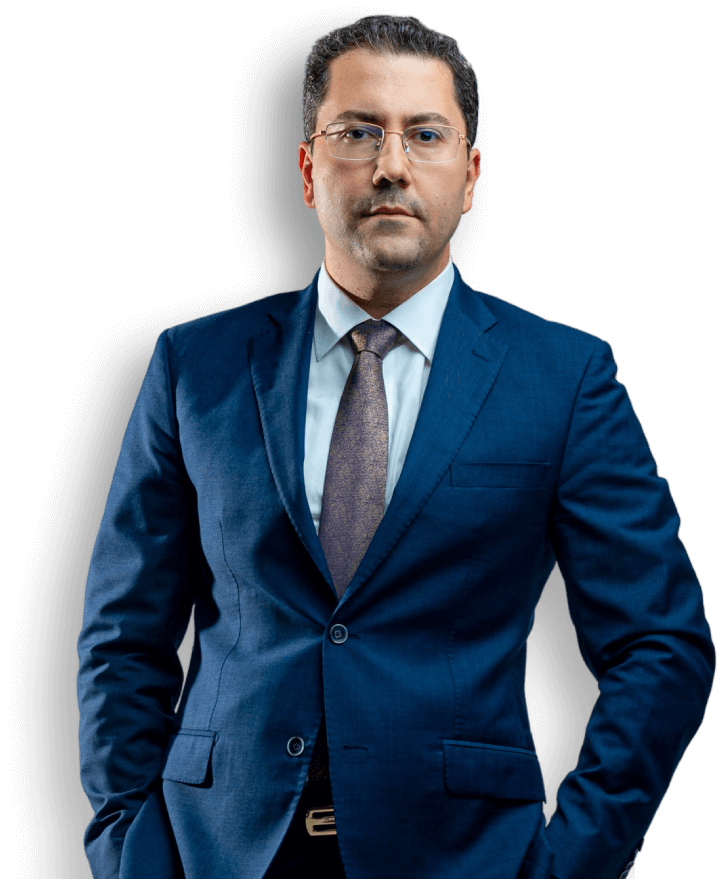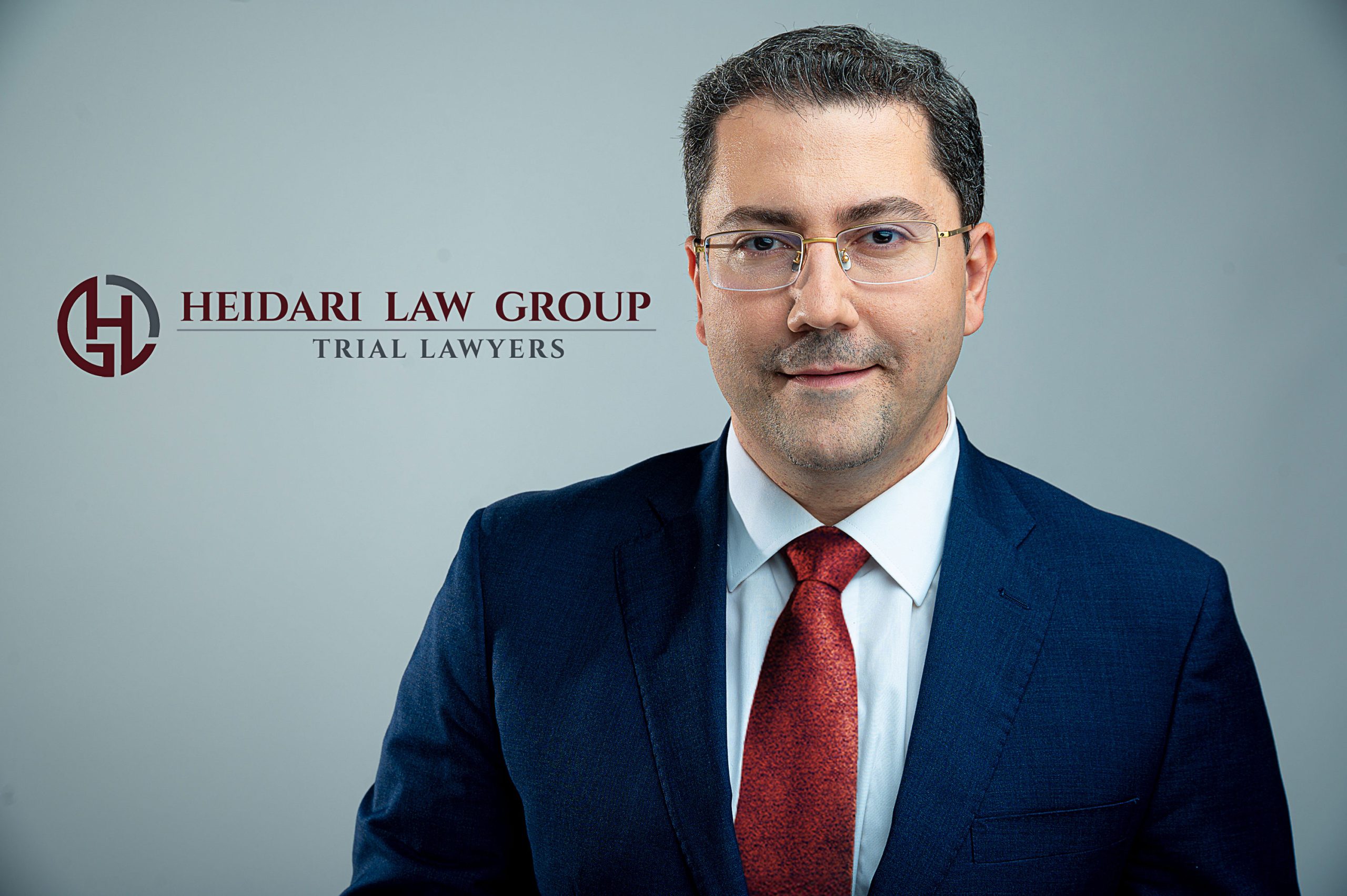Multi-car pileups on freeways are messy. Crashes happen in seconds, then everyone is left trying to figure out who did what and who should pay. In these accidents, fault rarely lands on just one person. Each driver’s speed, attention, and decisions in the moments before impact can play into multi-car accident liability.
Liability usually turns on negligence; who failed to use reasonable care. Key questions include:
- Was anyone speeding or following too closely?
- Was the driver distracted by a phone or something else in the car?
- Did anyone brake suddenly for no good reason or make an unsafe lane change?
- Did weather, poor visibility, or road conditions make safe driving more difficult?
Insurance companies step in quickly on multi-car crashes. Each insurer wants to limit its driver’s share of fault. They’ll review:
- Police reports and diagrams
- Witness statements
- Photos, videos, and traffic or dashcam footage
- Vehicle damage patterns and final positions
If you’re involved in a multi-car pileup, protect yourself by focusing on a few basics:
- Check for injuries and call 911 so the scene and injuries are documented
- Take photos and videos of vehicles, damage, skid marks, and road conditions
- Get names and contact details for witnesses
- Exchange insurance and contact information with other drivers
- Notify your insurer and stick to the facts without guessing about fault
Multi-car accident liability is about more than pointing fingers; it’s about accurately reconstructing what led to the chain reaction. An experienced accident attorney in Fresno can analyze the evidence, deal with competing insurance companies, and explain how fault and compensation are likely to be divided. With the right support, you have a better chance of a fair outcome instead of getting buried in the chaos.
Who’s at Fault in Freeway Multi-Car Pileups?
Freeway driving in Fresno is unpredictable. One moment you’re cruising, and the next you’re in the middle of a multi-car crash. In these pileups, figuring out who is at fault is rarely as simple as blaming the last car in the chain. Every driver’s choices in the seconds before impact can shift how liability is assigned.
Take a sudden traffic stop on a busy freeway. You brake in time, but the driver behind you doesn’t and slams into your car, pushing you into the vehicle ahead. Now questions start to matter: did the lead driver brake abruptly for no reason, or because traffic stopped? Were their brake lights working? Did the trailing driver follow too closely? Details like these drive multi-car accident liability.
Negligence sits at the center of these cases. It’s about what each driver did, or failed to do, to avoid a crash. Common issues include:
- Speeding or tailgating
- Glancing at phones, screens, or passengers
- Abrupt lane changes without signaling or checking mirrors
- Ignoring wet roads, low light, or other conditions
Liability is often about the chain of poor decisions, not just the final impact.
Consider a driver who cuts across lanes without checking their blind spot. They clip another car, which then spins and hits a third. The lane-changing driver may carry most of the blame, but if that third car was also speeding or following too closely, some fault can shift there, too. Under comparative negligence, fault can be split by percentage, and each driver’s compensation can shrink based on their share of responsibility.
Insurers lean into this complexity. They comb through police reports, witness statements, photos, and any video they can find to piece together what happened. They also consider outside factors, such as:
- Wet or uneven pavement
- Poor lighting or glare
- Construction zones and lane shifts
- Confusing or missing signs
If you’re caught in a freeway pileup, protect yourself by gathering evidence at the scene, getting medical care, and reporting the crash to your insurer. Then speak with a Fresno lawyer who understands multi-car freeway claims. At Heidari Law Group, the team reviews the facts, deals with insurance companies, and works to show exactly how the crash unfolded so your share of fault and your compensation are as fair as possible.
Navigating Liability in California Multi-Vehicle Freeway Collisions
Liability in these cases usually comes back to negligence. California law expects drivers to use reasonable care: watch the road, control speed, leave space, and adjust to conditions. Common issues include:
- Distracted driving (phones, screens, conversations)
- Speeding or aggressive lane changes
- Tailgating in heavy traffic
- Ignoring rain, fog, or poor visibility
When a driver fails to meet that standard and causes a crash, they can be held responsible for the damage that follows.
Chain-reaction crashes make things more complicated. In a classic three-car rear-end, the rear driver often carries most of the blame. But if the middle driver was tailgating or braking erratically, their own negligence can share or shift liability. The question isn’t just “who hit whom,” but whose behavior created or worsened the risk in the moments before impact.
Insurance companies dig hard into these details. Adjusters review:
- Police reports and crash diagrams
- Witness statements
- Photos, videos, and any traffic-camera or dashcam footage
Even when you did nothing wrong, proving it can be a fight. Weather, road work, sudden slowdowns, and other drivers’ decisions all feed into how liability is framed. You may still have to overcome arguments that you were following too closely, braking too late, or not adjusting to conditions. That’s where legal help becomes useful.
A firm like Heidari Law Group can step in to sort out fault, deal with insurance companies, and explain your options under California law. They’re used to handling multi-car freeway collisions, comparative negligence arguments, and the evidence needed to support your side of the story. With someone focused on the legal side, you can concentrate on recovery while they work to protect your financial and legal interests.
How to Determine Fault in Freeway Multi-Car Pileups
Figuring out fault in a freeway multi-car pileup goes way beyond “who hit whom.” It’s about how each driver, each vehicle, and the surrounding conditions interacted in the seconds before impact. In a chain reaction, one bad move can trigger several collisions, and liability often depends on how that chain started and how it kept going.
The crash scene itself gives important clues. Positions of vehicles, visible damage, and whether one car was pushed into another can help show which impact came first and which collisions were secondary. Skid marks, debris patterns, and where cars ended up in the lanes all help reconstruct how the pileup unfolded.
The actions of each driver matter just as much. Key questions include:
- Who was following too closely?
- Did anyone cut across lanes without signaling?
- Was someone looking at a phone, adjusting music, or turned toward passengers?
Speed is another major factor. A driver going over the limit, or too fast for heavy traffic, needs more distance and time to react. That extra speed can turn a small rear-end tap into a violent chain collision. When investigators or insurers see clear signs of speeding, they tend to assign a larger share of blame to that driver.
Conditions on and around the road also come into play. Rain, fog, glare, potholes, debris, and active construction zones can all increase risk. Important points include:
- Whether drivers slowed down for slick or low-visibility conditions
- Whether warning signs, cones, or lane-closure markings were clear
- Whether poor maintenance made it harder to keep control
A driver who fails to adjust to obvious hazards may still be considered negligent, even in bad weather.
Once police reports, photos, and witness statements exist, insurance companies and lawyers start piecing together fault. They review the sequence of impacts, match it against driver behavior and conditions, and may decide that more than one party shares responsibility. That’s where comparative negligence comes in and where legal help matters. A firm like Heidari Law Group can review the evidence, deal with insurers, and argue for a fair view of your role in the pileup so your compensation reflects what actually happened on that freeway, not just how it looked at first glance.
Frequently Asked Questions
How does comparative negligence affect my compensation?
California uses comparative negligence. Fault can be split by percentage among drivers. Example:
- You’re found 20% at fault
- Other driver(s) are 80% at fault
You can still recover money, but your compensation is reduced by your share of fault (20% in this example). That’s why evidence and a clear reconstruction of the crash matter so much.
How do insurance companies decide who is to blame?
Insurers try to limit their driver’s share of fault. They usually:
- Review police reports and crash diagrams
- Interview drivers and witnesses
- Study photos, video, and any dashcam footage
- Look at physical evidence like damage patterns and skid marks
- Apply traffic laws and company guidelines to the facts
They may decide several drivers share responsibility, then assign each a percentage of fault and adjust payouts accordingly.
Can bad weather or poor road conditions reduce my fault?
Sometimes. Rain, fog, glare, potholes, debris, and construction zones can all raise the risk of a crash. But drivers still have a duty to:
- Slow down for slick or low-visibility conditions
- Increase the following distance
- Watch for cones, signs, and lane shifts
If you didn’t adjust your driving to obvious hazards, insurers and courts may still see you as negligent, even in bad weather.



